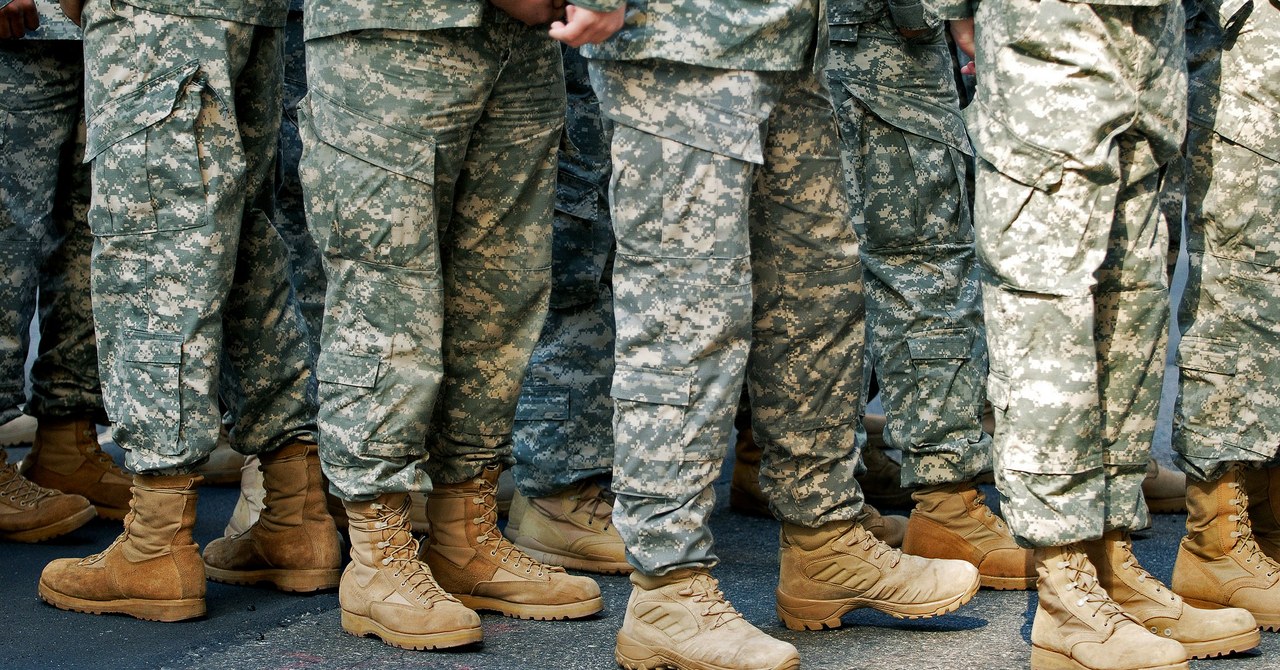In Omar Farha’s lab at Northwestern University, the chemist and his team are working on an unusual craft project in collaboration with the United States Army. They mix powders and liquids into a paint-like consistency, dip swatches of cotton fabric into the liquid, and then leave the beige cloth out to dry. Through this process, they are creating fabrics that can rapidly neutralize some of the deadliest poisons known to humankind: nerve agents.
These fabrics are the latest development in a 10-year effort to design military uniforms that better protect wearers against chemical weapons. Farha’s cloth specifically destroys the nerve agents VX and soman, also known as GD, which is a more toxic relative of sarin. These chemicals disrupt the human central nervous system—essentially stopping the body’s cells from communicating with each other. They can also kill swiftly without needing to be ingested. In 2017, for example, Kim Jong-nam, the half-brother of North Korean dictator Kim Jong-un, was assassinated in the Kuala Lumpur airport by two women who allegedly smeared VX on his face. Kim died within two hours of exposure.
Currently, US soldiers have uniforms that absorb nerve agents, but don’t destroy them. The goal is to make a uniform that can do both, says chemist Jared DeCoste, a researcher with the US Army who was not involved with the work. DeCoste is developing similar fabrics that neutralize mustard gas, a chemical weapon that is not a nerve agent but can severely burn the skin, eyes, and respiratory tract. His group has already incorporated this anti-mustard technology into prototype gas masks.
Despite their nastiness, chemists can neutralize these nerve agents easily enough if they pour them into beakers of soluti

